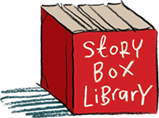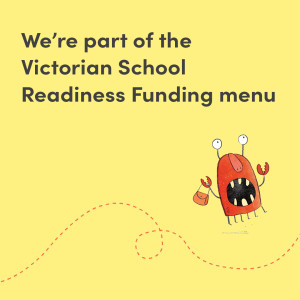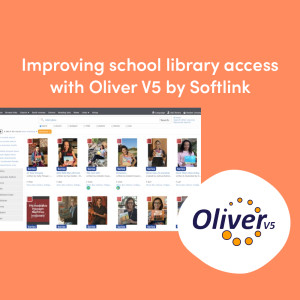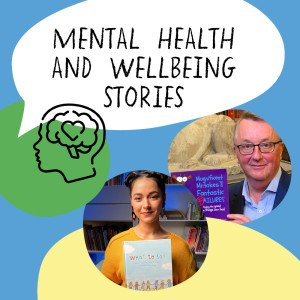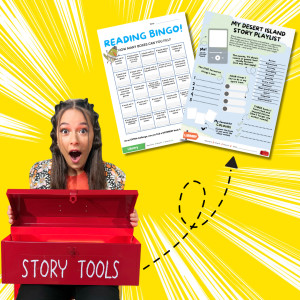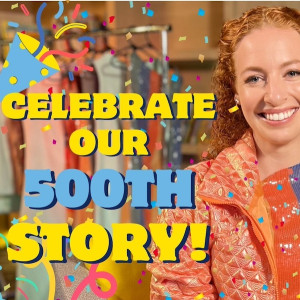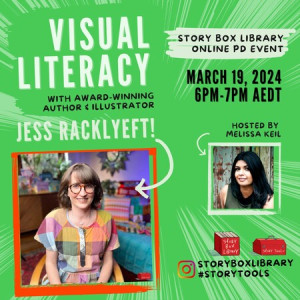Confidence and Creative Reinvigoration by Melissa Keil
01 Sep 2022

Creative energy ebbs and flows – and sometimes, it takes a giant nosedive off a cliff and into a subterranean crater. The past couple of years have been less than inspiring for many of us, but writing fiction, for me at least, has been particularly challenging. Perhaps because creating stories – pulling imaginary worlds into being from the strange creative aether – requires both a certain kind of optimism, and the ability to draw from the vibrancy of the world around you. It’s safe to say, recent events have left both of those things in short supply!
So when I was asked to help develop a project with some of Australia’s best, and most visionary children’s creators, aimed at inspiring primary-school-aged kids to tap into their creativity and get writing – a tiny part of my brain wondered if I did, in fact, have any inspiring wisdom left to impart.
I needn’t have worried. In fact, working alongside a dozen talented, encouraging, funny, kind and prolific children’s publishing creatives was exactly what this writer, wrestling with creative malaise, needed to reignite her creative spark.
Story Tools draws on the expertise of much-loved writers and illustrators to give kids insights and inspiration for their own creative projects, as well as glimpses of behind-the-scenes story-making secrets. This cast of creators were so generous with their time and processes, letting us into their studios, workrooms, sketchbooks and work-in-progress folders, and delving into their early ideas and favourite books and abandoned projects and upcoming works. They examined their own practices, breaking down the sometimes-elusive work of storytelling into short, clear lessons for children, with the understanding that while creative writing comes easily to some kids, for others, it’s a task that can feel impenetrable, and intimidating.
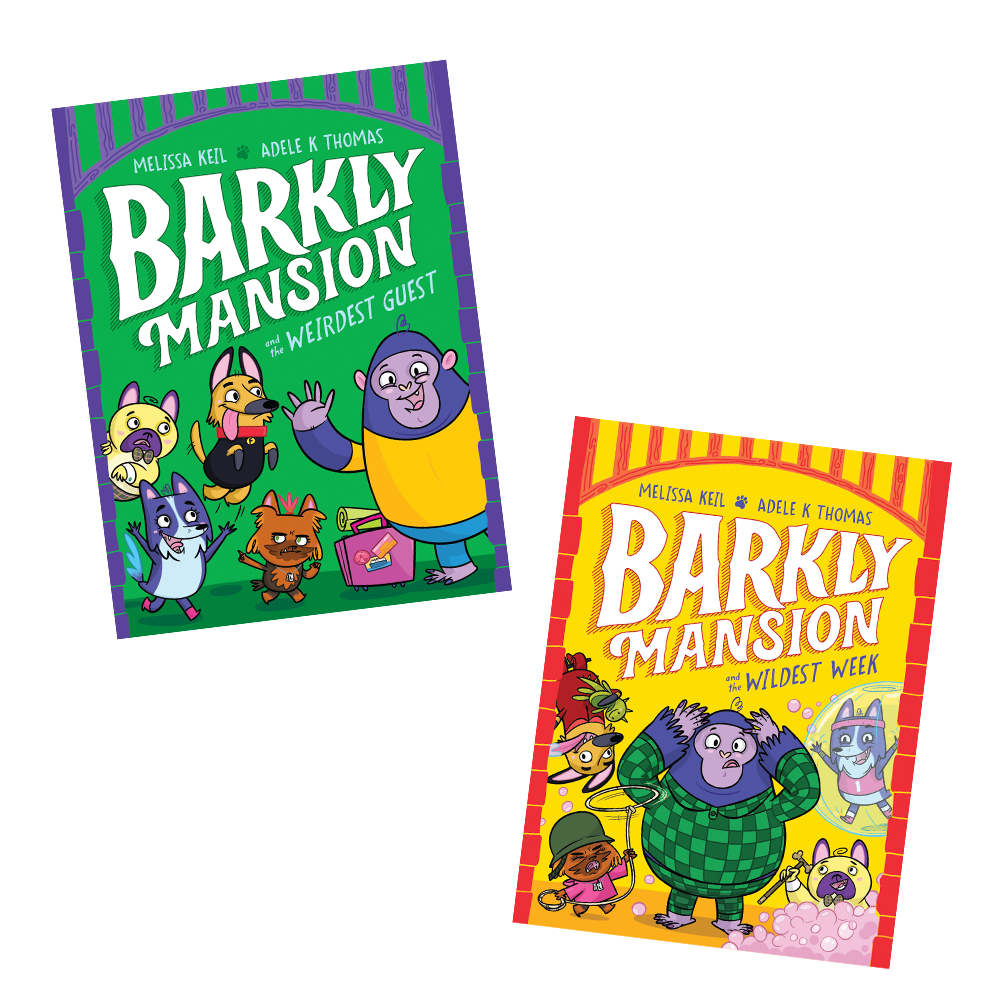
All of our Story Tools contributors approach their creative work in different ways, and yet, lots of commonalities remain. The moments of struggle and self-doubt, alternating with amazing moments of creative joy, where ideas flow wildly and fabulous stories take shape. My own processes have always been somewhat nebulous to me; I am a confirmed ‘pantser’, winging several novels, a junior fiction series, and a host of other projects into being seemingly by magic. But of course, if I examine my own practices, there is always a method to the madness.
One of the truly wonderful aspects of working on Story Tools was the much-needed reminder that storytelling is part magic, part work; and even amazing, professional writers have days when the work of writing is tough! I may not be the target audience for our video lessons, but I certainly needed the reminder that the tough writing times can and do pass – and that there are strategies, tools, and techniques that can be drawn upon to make the process of storytelling joyful and productive, even when the creative spirits don’t seem to be smiling on you.
I think our young audience, whether they be avid or reluctant writers, will appreciate that advice, too. And in between learning about structure and character creation and what goes where in a plot, kids will discover how much fun storytelling and writing can be.
If they gain just one thing from the series, I’d hope it’s the realisation of just how many of their own creative struggles and triumphs are shared with their favourite book creators. Like me, I hope that they are galvanized to crack open their writing books and give a shiny new story-writing project a go.

Story Tools will be an exclusive resource for subscribing educators. For any libraries interested in sharing how Story Tools could benefit their public library, email us at libraries@storyboxlibrary.com.au.
